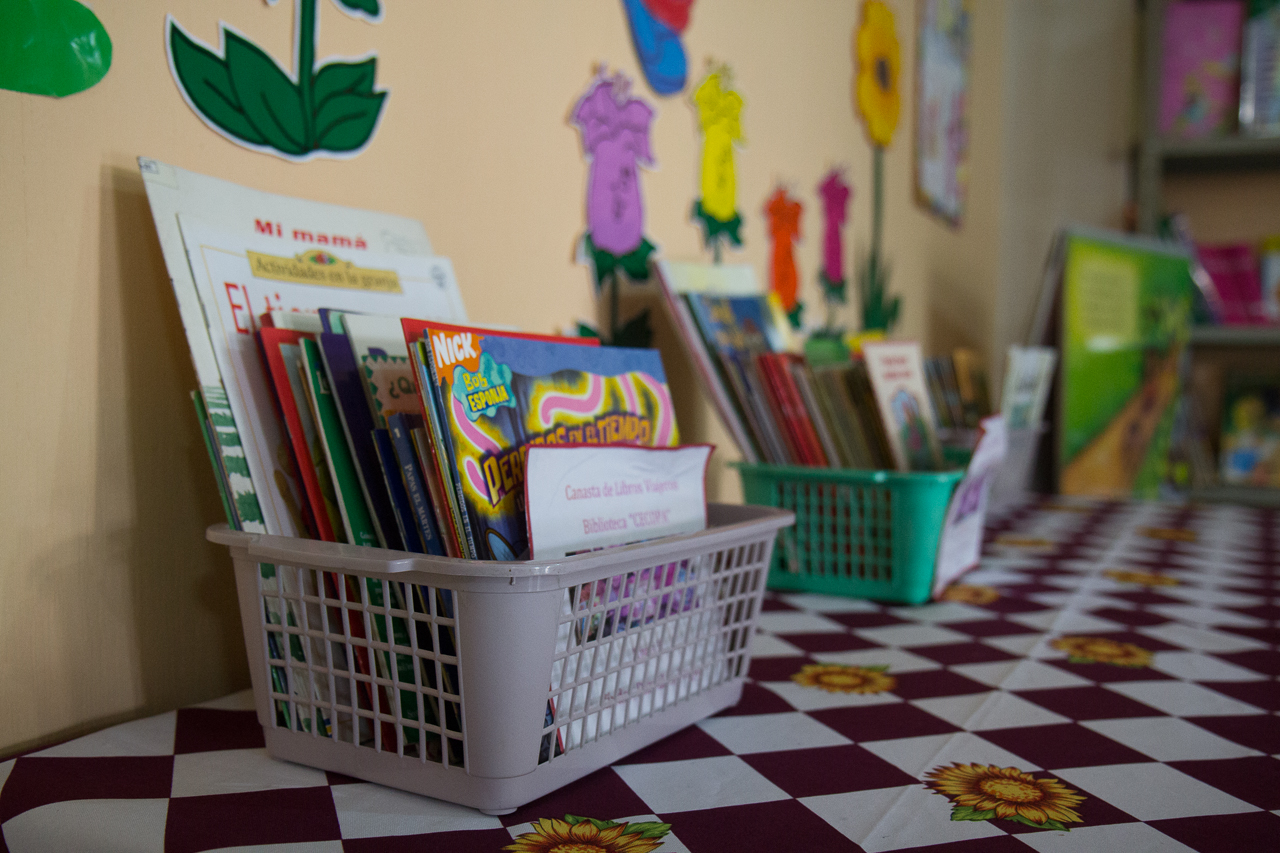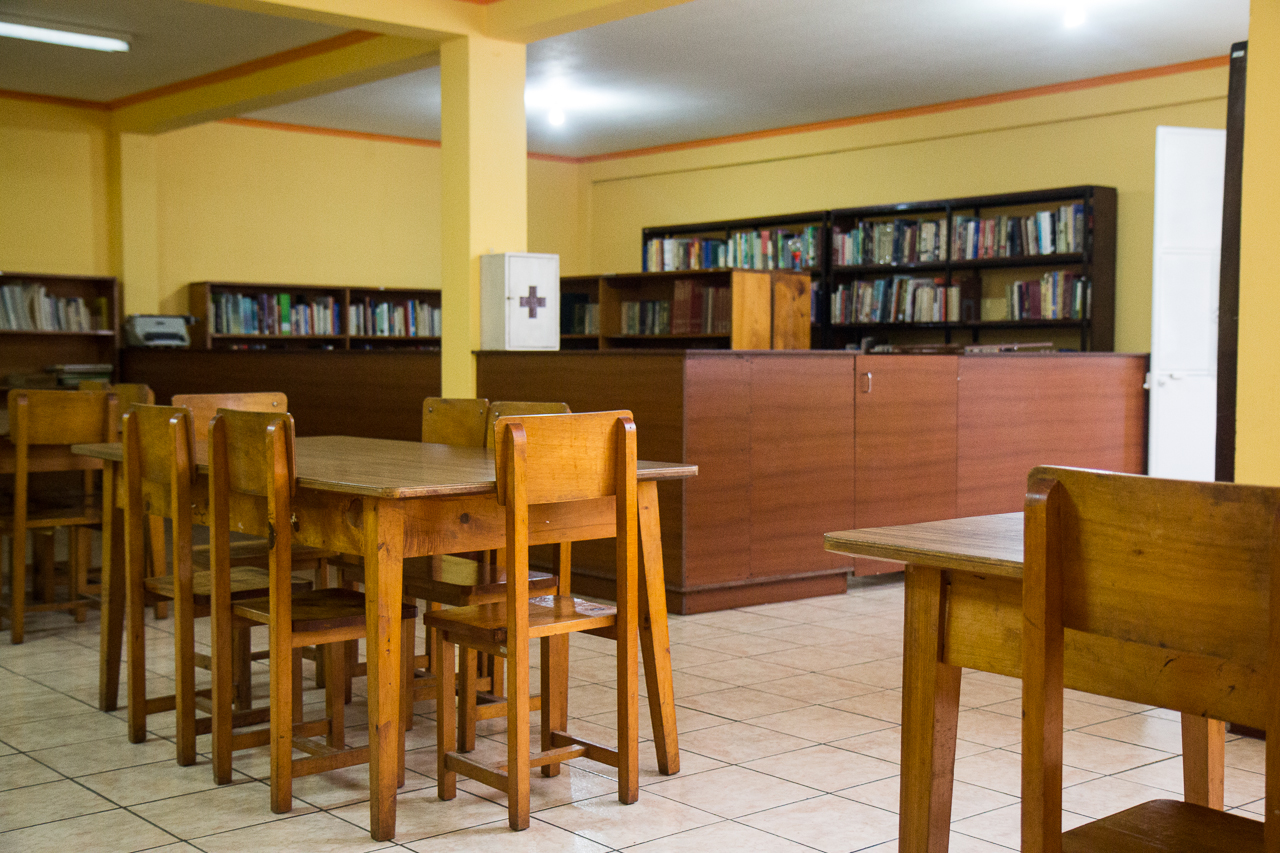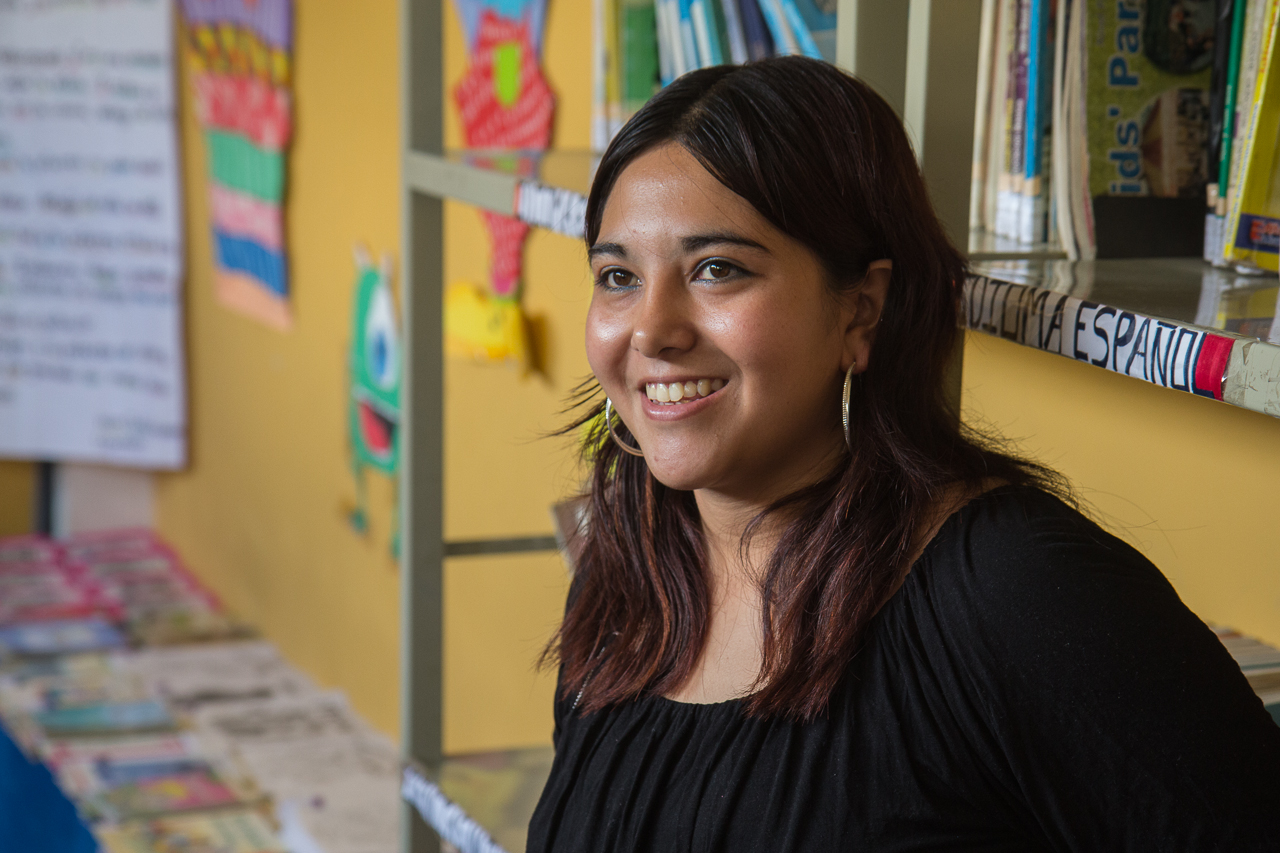
As the only librarian in the town of San Miguel Morazán, Gloria Muños Garcia has worked hard to make her small municipal library a resource for her community.
“I have learned how to classify and organize books,” she says, describing her accomplishments. “I invited teachers from the local school to bring their students to the library for story hour, I created a special activity corner for children and I started a backpack lending program to get some of the new books to the schools.”
But when she started the job four years ago, Muños Garcia had little experience as a librarian and few resources to work with.
“The library only had some tables, chairs and a few books,” she says. “There was no system of classification, no reading program and no relationship with local teachers. It was mostly used as a place for students to do their homework.”
At the time, San Miguel Morazán was typical of libraries in Guatemala, where people’s expectations and definition of what a library should be are very different from other parts of the world.
“Since books are so rare and expensive in Guatemala and there isn’t a culture of reading among the general population, libraries have a very limited purpose here.” says Child Aid Country Director John van Keppel.

In Guatemala, libraries are principally used to help high school students with their homework. Since schools do not have enough books, students come to the library to find information for a report they are writing or to complete their daily assignments. That usually means making photocopies or copying information, word for word, out of a book.
Guatemalan libraries offer few other services to their patrons. Books are kept behind a counter or in a locked area and are rarely checked out. Most libraries’ collections are out of date and limited to textbooks, encyclopedias and reference books. They have few fiction or storybooks that might engage young readers.
To help librarians like Muños Garcia make their libraries more effective resources in their communities, Child Aid has developed a librarian training program based on sixteen “Characteristics of a Model Library.” For librarians who have never experienced working in a fully functioning library, the characteristics provide a helpful “to do” list for where to focus their efforts and improve their services.
“Our goal has been to develop libraries that can be resource centers for educational initiatives, particularly in the schools,” says van Keppel. “Given the librarians’ limited resources and experience, we have identified a base level that would allow libraries to promote literacy in significant ways.”
The characteristics cover three basic areas: creating a welcoming physical environment, developing administrative and management systems and running literacy and outreach programs. The characteristics offer very specific and practical guidelines – such as creating special activity corners, setting and maintaining regular hours or providing lending programs.

“The librarian’s job in a typical Guatemalan library is often focused on making photocopies of books for student assignments and answering reference questions,” says Director of Curriculum and Instruction Erin Conway. “So the characteristics give them a more complete picture of what a library can be. We emphasize that it’s an ongoing process. Even if you only implement one or two of the characteristics per year, you’ve made your library better.”
For librarian Muños Garcia, the Child Aid trainings and support have given her a vision for how she can transform the mission of her small library. She has implemented changes that have improved the library’s services and extended its reach into local schools. Now her library has dozens of school kids of all ages visiting every week and she is bubbling with ideas for more improvements.
READ MORE: Characteristics of a Successful Library